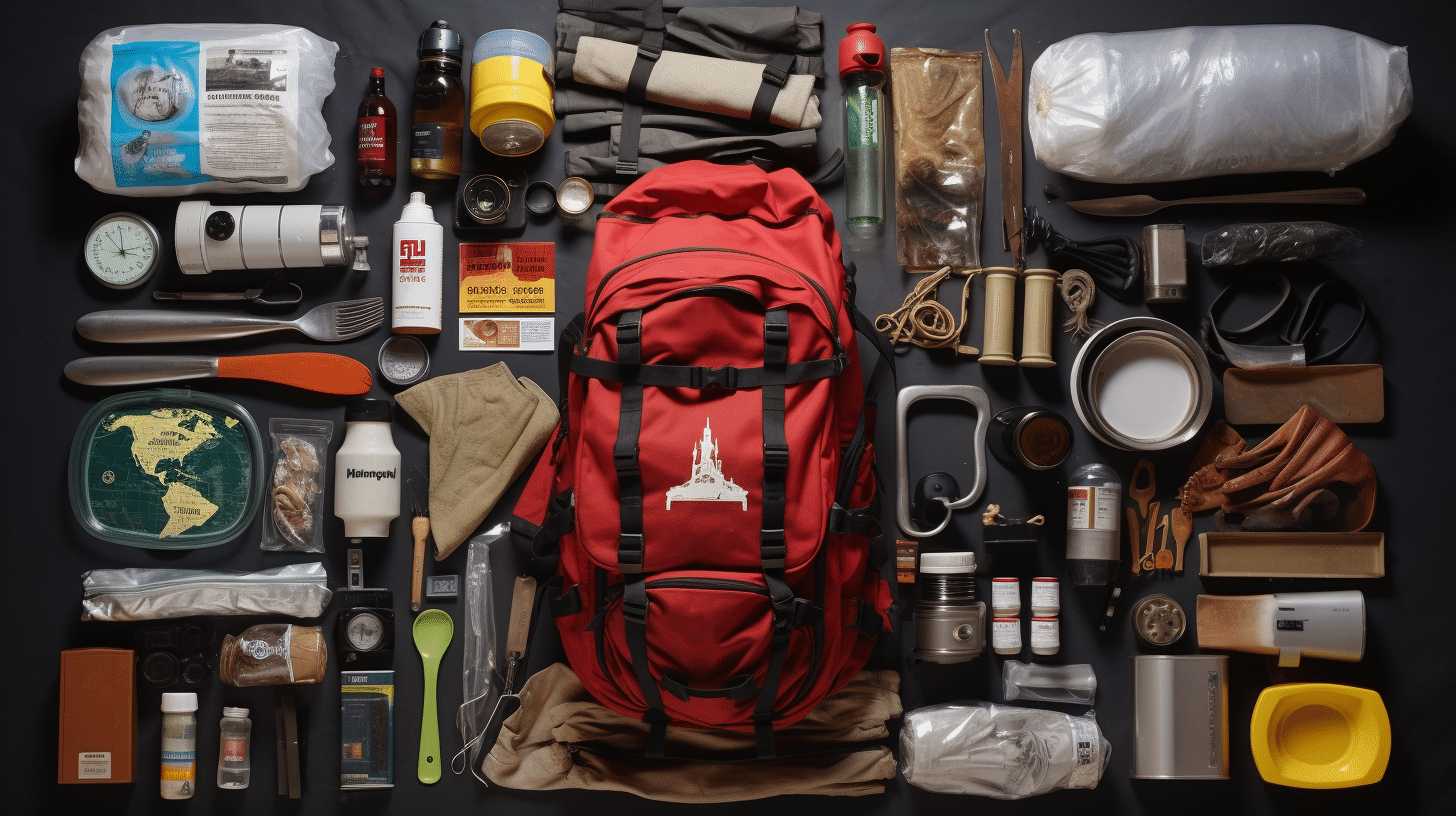The Kenya we live today is faced by many problems, among which insecurity ranks first. Disasters in Kenya seem to strike from all corners. The big question the Kenyans are faced with is, how prepared is Kenya in case of disasters? Are there mitigation measures put in place in Kenya to prevent or to minimise effect of a disaster? So, you may have watched a news item or listened to some Kenyan somewhere lamenting on how his house was burnt down with him barely managing to save anything. Or perhaps you’ve heard of stories of forced evacuations in Kenya with houses being torn down without warning. Or maybe you may have come across stories on how some other Kenyans had to quickly run for their lives when they saw threatening gangs near their house. Or just maybe you saw how rain caused havoc on some shambas in Kenya forcing the villagers to run for safety as their houses were swept away and you may thought, ‘Those poor Kenyans!’ Are you seeing the pattern here? There are more likely disasters in Kenya than ever. We need a strategy to contain this.
We, as Kenyans should make this personal. Yes, wherever you live in Kenya, the question you should ask is, ‘Are you disaster prepared? Do you have an emergency kit ready for use at any given moment in Kenya?’ Given the number Kenya is rated in the insecurity index, surely you may have thought about it. Or are you perhaps one of those people who heard the term Go-bag in the riveting crime drama that is Criminal Minds and thought Go-What? Go-Where? Go-When? It’s just as exactly as the famed profilers do it. A go-bag in Kenya is meant to carry whatever you need for an on-the-moment notice. It means you pick it up and go. But this time unlike in Criminal Minds, you are picking up the Go-bag to quickly escape disaster in Kenya, not to chase after sick criminals.
So what should you put in your Go-bag in Kenya?
Water, of course! Ensure your Go-bag has a minimum of 1.5Litres of water. This is the amount of water each of your family members should have in their G-bags. (Yes, each individual should have their own bags). Water purification tablets are also very important. You do not know where you’ll end up, and disease is not an option. Remember, however, that even bottled water has an expiry date. Therefore, you should have a system to replace the water in your Go-bag after some time has elapsed.
Food is an essential
Ration packs are a wonderful choice. Dry food that can easily fit in your bag is also recommended. Biscuits can sustain you during emergencies, and they pack easily. Snack bars are also beneficial in times of scarcity. These foods too have to be replaced from time to time to ensure they are safe for consumption if the time comes.
Disposable masks
Yes, I said masks. Air, as you well know, is paramount for survival. During emergencies in Kenya, dust has this habit of accumulating. Debris fly all over, and the air may be contaminated. Take a mask that is flat typed and place it in your emergency Go-bag in Kenya. A respiratory problem is not an issue you need dealing with when hospitals in Kenya are filled to capacity.
Source of light
Hey, who said the evacuation can only take place during the day time? Light is very important to have. An emergency torch in Kenya will enable you to see where you are stepping and avoid obstacles. You should store extra batteries if you are using a torch that requires batteries. Lithium batteries tend to last for a long time. Invest in a head torch if you can. This will prove useful in case both your hands are occupied.
Carry your radio
You may have heard the joke that Luhyas love carrying their radios wherever they go. Well, during an emergency a portable AM/FM radio receiver comes in very handy. It is through the radio that you will be able to receive further instructions. And no, your phone may not work and the electricity may not be there, but your good old battery radio would still work as long as the receiver is functional.
Don’t forget your clothes
Clothes on your back will keep you warm during an evacuation. They should be light and compact to easily fit in the Go-bag. Instead of carrying one heavy cloth, put in layers of clothes and a foil blanket. A foil cloak and a survival sleeping bag may also be packed in case you need to sleep in an overnight shelter.
A first aid kit
Here, is where caution is required. You do not want to pack in medicine you have no idea of how it works or what doses to take. Put in wound cleansing and dressing supplies. Also, you can pack eye was and bandages. Prescription medication and painkillers should also be availed for your emergency first aid kit.
Your documents
If you have ever found yourself in a situation where you require documents, you know how important they are. Pack your ID copies and copies of other documents. Your keys, money, and contact information. Remember, you may have the contacts of many people in your phone, but if the phone is dead? It would be impossible to contact anyone. Use a small notebook to note down important contacts.
Your Go-bag
It should be a medium sized bag. Do not pack so much that you are overwhelmed. Again, the purpose of your Go-bag is to allow fast evacuation of important items. Your Go-bag may be waterproof, or you may choose to line it with a light-weight sack. You should ensure that your go-bag can be found in the dark. Do this by sticking glow in the dark stickers to it.
Tips to remember
Your items need to be put in waterproof pouches or paper. You should store them separately in these pouches and pack them starting with the heavy items first to maximize on space. Pack any other miscellaneous item that you may need depending on the emergency situations that are likely to occur in your area. It is also good to ensure all your family members know the importance of their Go-bags and that they can quickly evacuate in case of an emergency. You can have a drill to practice quick and safe evacuation to prepare you for any future evacuations.
It is also a good idea to discuss with your family a point of meeting in case you get separated. This way, if you are separated and there is no network, each family member can head to that place. Yes, disasters wreck havoc in lives, but you do not have to be totally overwhelmed by the situation. Become disaster prepared and pack your emergency evacuation Go-bag in Kenya.



0 comments